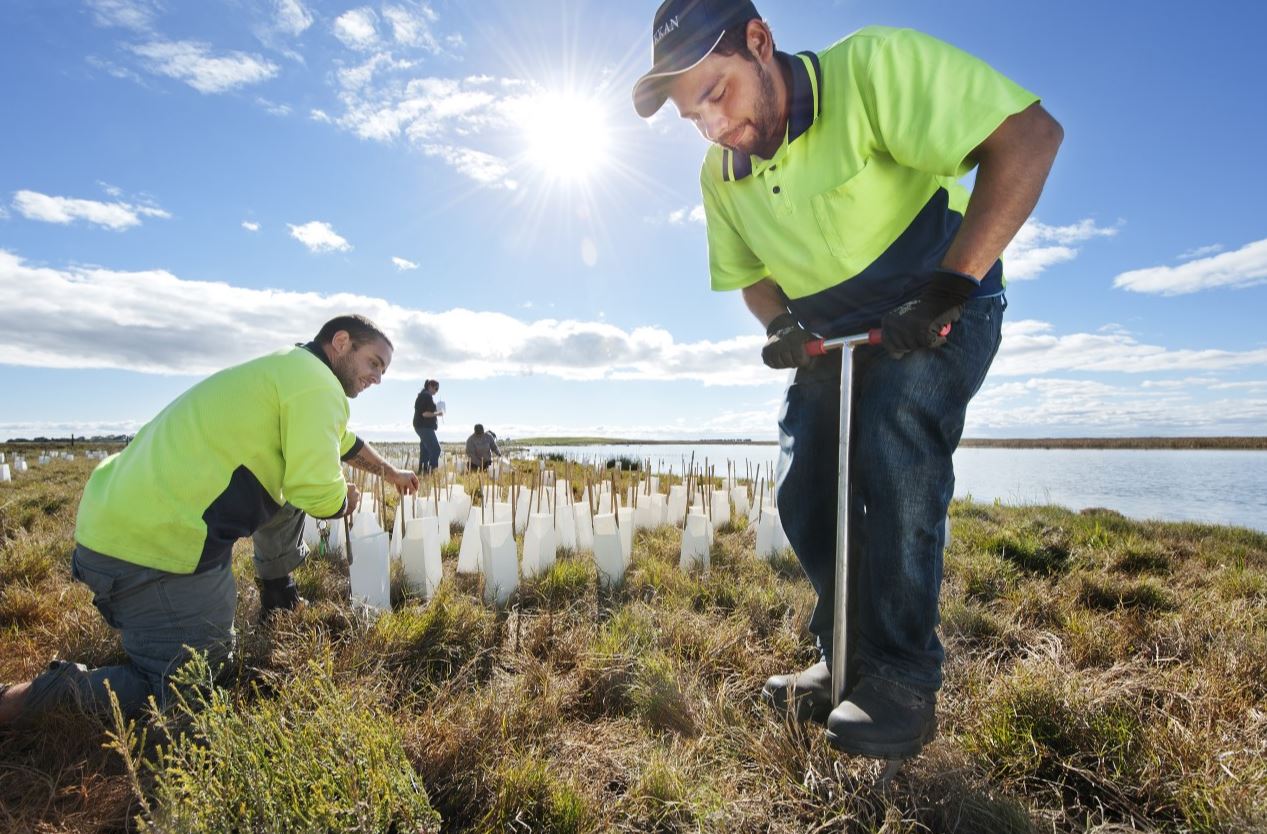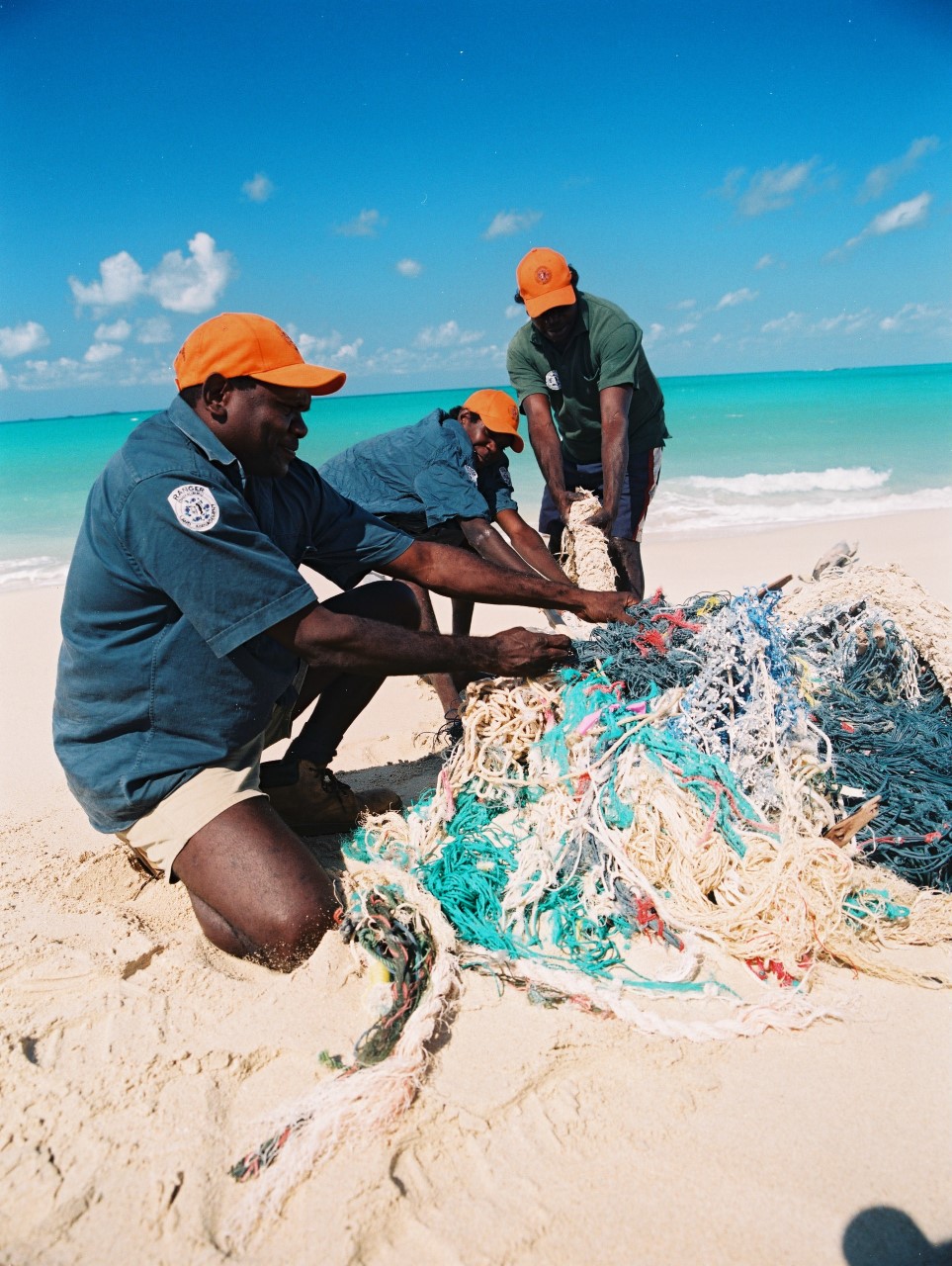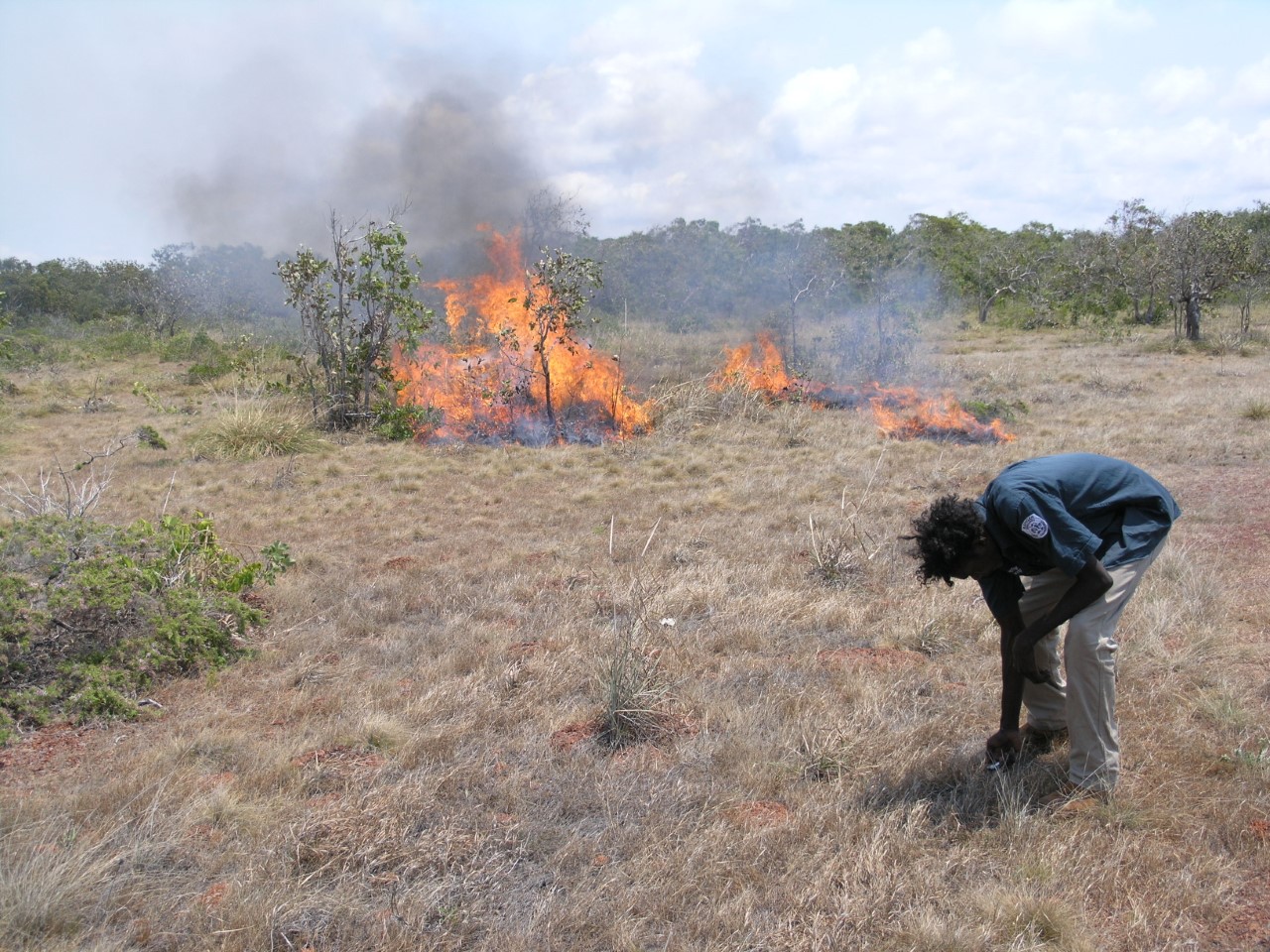
As drought, bushfire, large-scale agriculture and introduced species devastate biodiversity and long-term prosperity around the world, Indigenous academics are calling for a fresh look at the governance and practices of mainstream environmental management institutions.
Aboriginal Australians’ world view and connection to Country provide a rich source of knowledge and innovations for better land and water management policies when Indigenous decision-making is enacted, the researchers say.
Incorporating more of the spirit and principles of Aboriginal and First Nations people’s appreciation and deep understanding of the landscape and its features has been overlooked or sidelined in the past – to the detriment of the environment, a new report says.
“When Indigenous nations become sovereign partners in environmental management, the power structures and world views that underlie decision-making can be productively challenged … creating new solutions to pressing environmental issues,” says Flinders University researcher Dr Samantha Muller, lead author on the paper.
“Indigenous agency and governance is driving innovations in land management worldwide that provide more equitable solutions and strategic approaches to looking after the lands, waters and all living things, particularly in the face of climate change,” she says.

Ngarrindjeri Nation citizen and director Indigenous Nation Building, , with Dr Steven Hemming, previously from Flinders and now the , have worked with Dr Muller to compare examples of conservation and land management among First Nations groups in Aorearoa/New Zealand and North America as well as a Ngarrindjeri case study in South Australia.
“One of the most significant acts of colonialism is to impose an understanding of Country as something separate from humans, with decisions based on science and Western institutions,” the authors say.
“Indigenous nations worldwide have been asserting their sovereignties which is reshaping practices of environmental management.”
- For example, the Ngarrindjeri Nation at the mouth of the Murray in South Australia have developed Kungun Ngarrindjeri Yunan (KNY) agreements with the State Government that recognise Ngarrindjeri as sovereign partners in environmental management. This foundation enabled Ngarrindjeri to drive innovative environmental solutions during the millennium drought, leading to being awarded the 2015 Australian Riverprize
- In Aoetaroa / New Zealand, Maori have asserted their sovereign rights to forge agreements which grant the Whanganui River and the Te Urewera ³Ô¹ÏÍøÕ¾ Park legal personhood. These legal shifts give a voice to ‘nature’ in accordance with Maori worldviews and recognise Maori sovereignty.
- The Menominee forest management in the USA is recognised as best practice. It is based on Menominee vision and worldviews for forest management enabled by recognition of Menominee sovereignty and decision-making.
“Indigenous ways of being in sacred, ethical and reciprocal relationships with “nature” can enhance and develop more sustainable approaches to living in what many call the age of the Anthropocene (the current period when human activity has been the dominant influence on climate and the environment).”
The paper, ‘Indigenous sovereignties: relational ontologies and environmental management’ (2019) by Samantha Muller, Steve Hemming and Daryle Rigney (Jumbunna Institute for Indigenous Education and Research, University of Technology Sydney), has been published in Geographical Research.









